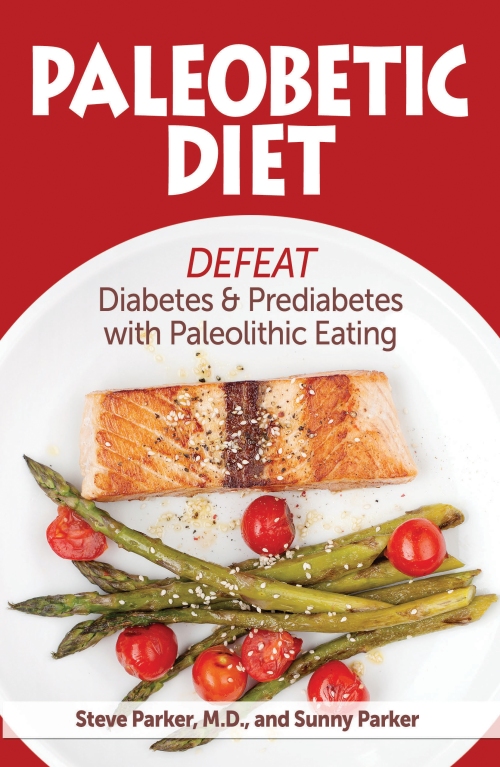
A pinch of salt may cut the bitterness in a cup of coffee
An article in the European Journal of Clinical Nutrition suggests that paleolithic-type diets may be deficient in iodine. See my comment after the link below.
Abstract
BACKGROUND/OBJECTIVES:
Different diets are used for weight loss. A Paleolithic-type diet (PD) has beneficial metabolic effects, but two of the largest iodine sources, table salt and dairy products, are excluded. The objectives of this study were to compare 24-h urinary iodine concentration (24-UIC) in subjects on PD with 24-UIC in subjects on a diet according to the Nordic Nutrition Recommendations (NNR) and to study if PD results in a higher risk of developing iodine deficiency (ID), than NNR diet.
SUBJECTS/METHODS:
A 2-year prospective randomized trial in a tertiary referral center where healthy postmenopausal overweight or obese women were randomized to either PD (n=35) or NNR diet (n=35). Dietary iodine intake, 24-UIC, 24-h urinary iodine excretion (24-UIE), free thyroxin (FT4), free triiodothyronine (FT3) and thyrotropin (TSH) were measured at baseline, 6 and 24 months. Completeness of urine sampling was monitored by para-aminobenzoic acid and salt intake by urinary sodium.
RESULTS:
At baseline, median 24-UIC (71.0 μg/l) and 24-UIE (134.0 μg/d) were similar in the PD and NNR groups. After 6 months, 24-UIC had decreased to 36.0 μg/l (P=0.001) and 24-UIE to 77.0 μg/d (P=0.001) in the PD group; in the NNR group, levels were unaltered. FT4, TSH and FT3 were similar in both groups, except for FT3 at 6 months being lower in PD than in NNR group.
CONCLUSIONS:
A PD results in a higher risk of developing ID, than a diet according to the NNR. Therefore, we suggest iodine supplementation should be considered when on a PD.
(European Journal of Clinical Nutrition advance online publication, 13 September 2017; doi:10.1038/ejcn.2017.134.PMID: 28901333 DOI: 10.1038/ejcn.2017.134)
Parker here. I thought I knew a little about the Paleolithic diet, so was surprised to read above that table salt is excluded. It’s not excluded from the Paleobetic Diet. Most table salt purchased in the U.S. iodine-fortified. The introduction of iodized salt in the U.S. in 1924 raised IQ in iodine-deficient regions by 15 points!











